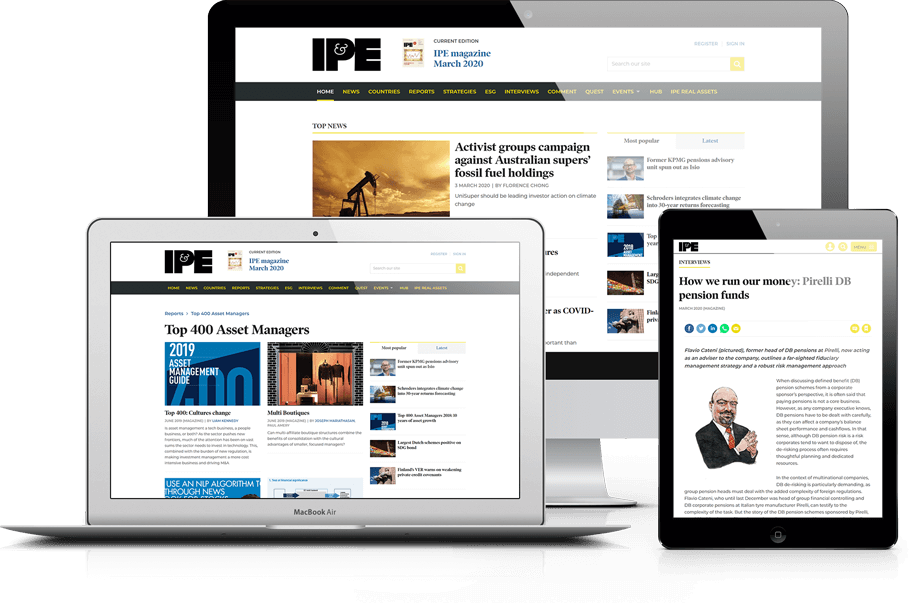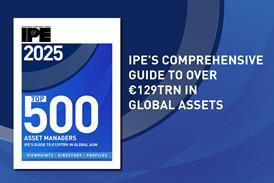An emerging asset class
It’s 20 years since the UK government started issuing index linked bonds, and unlike the fixed rate bond market, the sector has until recently been largely bereft of corporate issuance. That’s changing, as low yields and strong demand from key investors encourages mainstream UK companies to borrow money in index ...
You have now reached your article limit
Already a registered user or member? Sign in here
To continue reading, register free today for access
Registration also includes access to

Five reasons to register today
- Access to IPE articles from our award-winning editorial team
- Unique IPE market data, rankings and tables
- In-depth interviews with pension fund leaders
- Extensive coverage of latest asset class trends
- Comprehensive archive of data, research and intelligence








